We sat down with President Noriko Ishizaka to get the low down on transforming waste into resources, embracing technology, and leading Japan's Circular Economy for a sustainable future
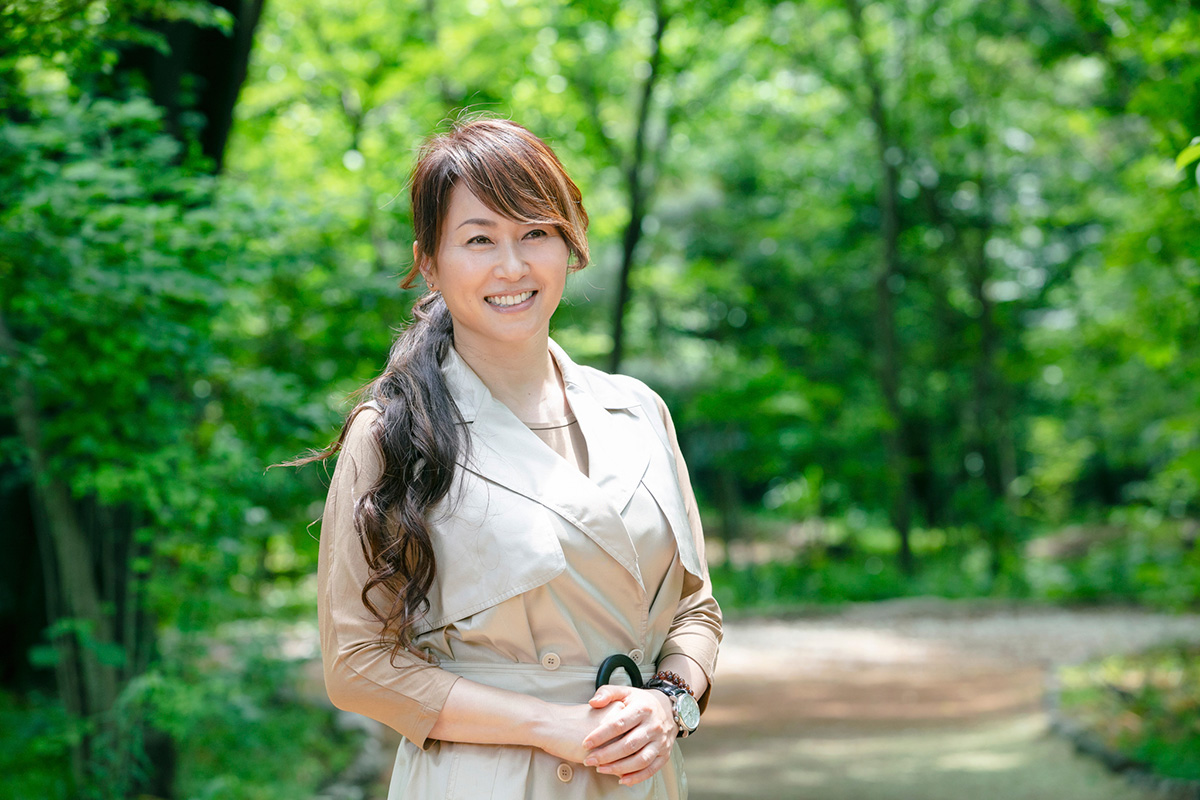
We would like to get your take on how well Japan is realizing its vision for a recycling and reusing society. What is your analysis of Japan’s recycling sector and what do you see as the main obstacles or key areas for its improvement?
In the years after WWII, Japan started to focus on manufacturing, and as a result, Japan has become a leading country in that sense. However, we are now in a situation where the power balance has collapsed. We have been doing this business for the past 56 years. We started our recycling business to reduce the waste that is dumped in landfills, as Japan is a country with limited space for reclaiming land. We strived to convert the waste to be landfilled to resources that we could reutilize. In the past 30 years, I have seen that waste treatment has been carried out in our factory. Over time, the waste has become more complicated with more chemicals being involved. This makes it more difficult for us to recycle. I know this based on my own past experiences.
Could you give us some insight into how Japan’s aging population is affecting your operations and how you are still able to recycle effectively and efficiently in the world’s oldest society?
There are around 20,000 recycling or waste processing facilities in this business at this moment. Most of them are SMEs. For the past 10 years or so, we have seen new companies enter this sector. However, their main business is different from the waste treatment and recycling business. In order for them to focus more on a circular economy and society, they started to enter this sector. On the other hand, the waste treatment and recycling business has a negative impression in general. It has been recognized as a type of business that people do not want to have in the specific area where they live, as it is seen as dirty, with companies dealing with the things that people do not want. Some people look down on this business.
For young people to understand that this is a business that is very valuable and important for our future, we have tried hard to create a working environment for young people. We have around 200 workers in our company. Although society has been suffering from a labor shortage, we have been able to hire many young people who are currently in their twenties and thirties. In a time when many Japanese companies have been facing difficulties in hiring new people, we have actually been able to create a positive situation with many young people joining our company. We focus on educating activities for society as well as our local community. As a result of this, we have acquired empathy from the young people, and that was one of the reasons why they joined our company.
There are many different types of waste to treat. However, about 20 years ago, we decided to focus on construction and demolition debris, even though it is quite difficult for us to process. Our focus on construction and demolition debris was one of the reasons why our company started to grow. Based on our focus on this specific type of recycling, we have established our plant and have been working to evolve the process technologies. Through that experience, we have been able to accumulate our unique know-how without heavily relying on specific manufacturers. We have accumulated this knowledge and expertise over the past 20 years, and that is why we were successful and able to achieve our 98% volume reduction and recycling rate.
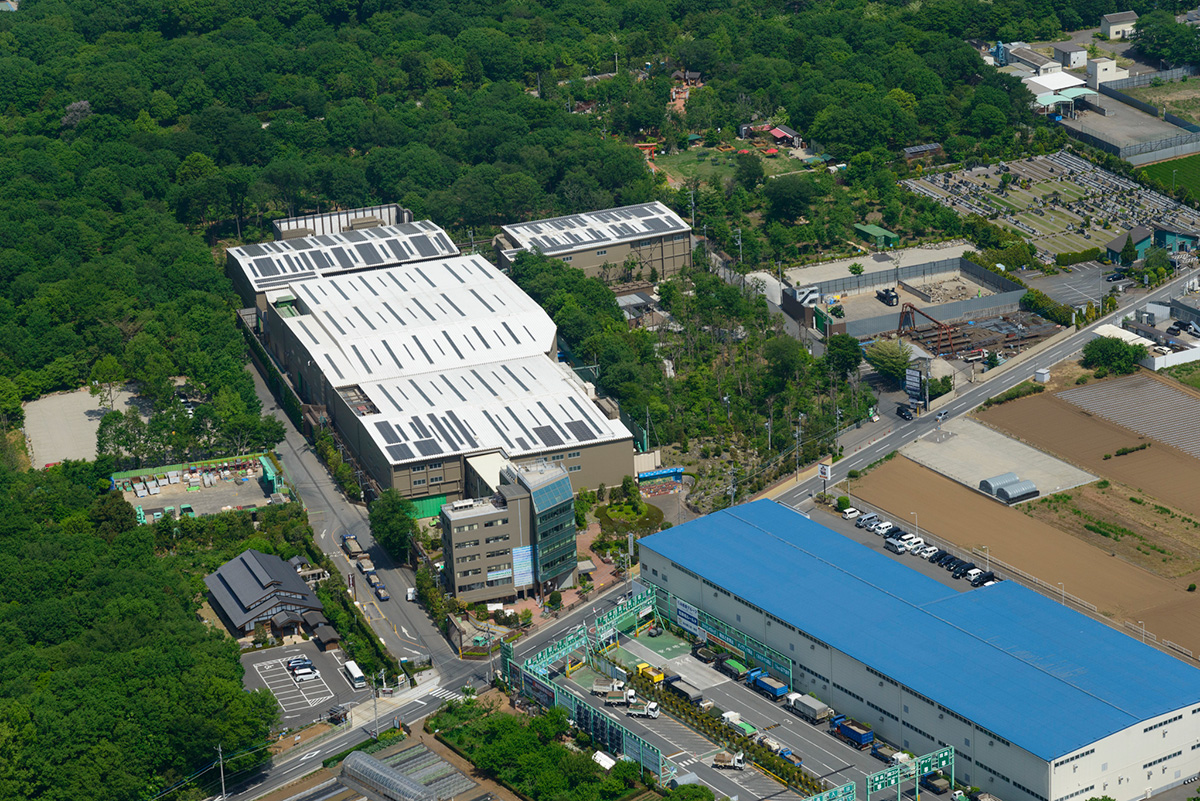
Plant
We are curious to know how you have continued to evolve and grow over the past 60 years to stay modern and competitive. For example, your lack of hesitation to embrace new technology such as robotics or digital tools as part of your recycling scheme. We know that for example in 2020, you did a collaboration with NEC and Intel for your smart factory, and we know that since 2021, you have been using an automated sorting robot the IT-PiRo in your operations. Could you tell us a little more about how you evolved with the times, and how you are incorporating new technologies into your scheme?
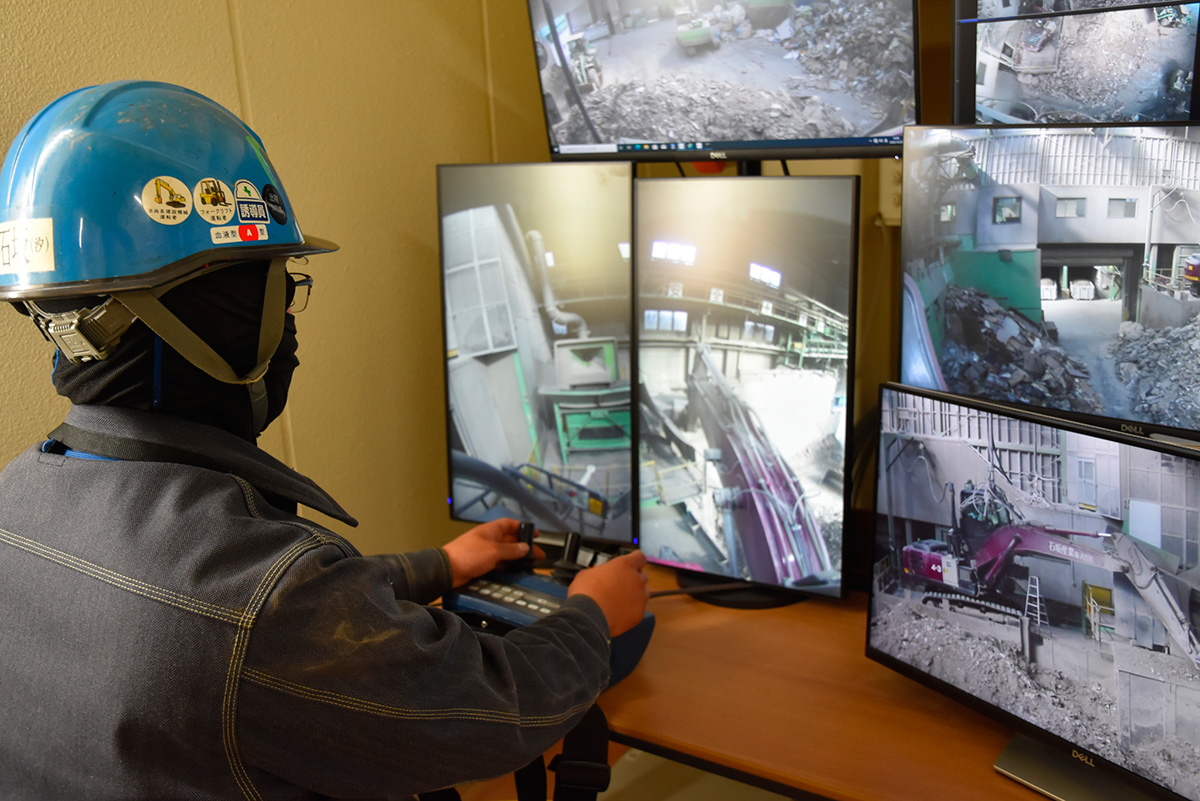
Smart Factory
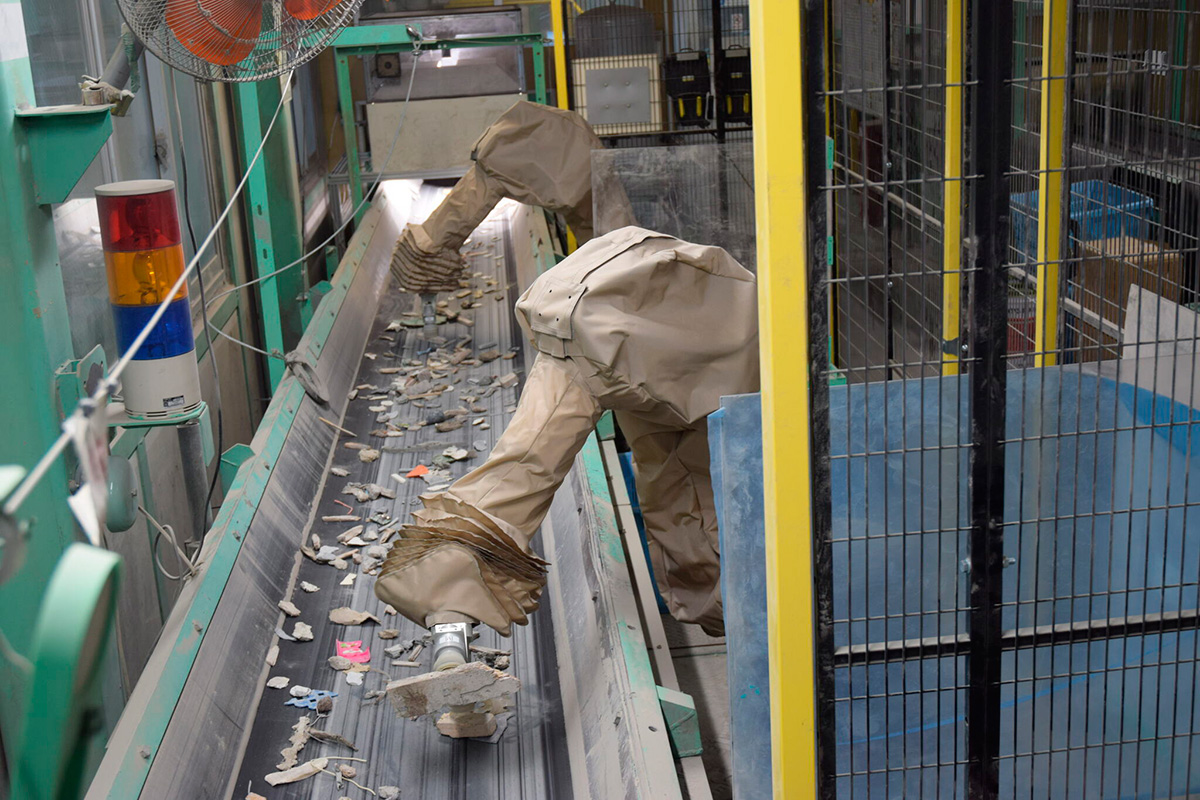
IT-PiRo robot
Generally speaking, people want to buy things that they really want regardless of the price, as individual people have different ways of thinking about the values they put on those things. However, when it comes to waste, people do not want to pay any money. Therefore, they would rather pay as little as possible for wasting something. The price is usually the highest priority when a customer chooses a waste treatment company. Given that we have faced price competition to be chosen by our customers.
For example, the introduction of new technologies and the training and education of the young generation are considered expenses that we need to cover. However, when it comes to waste, we do not want to include it in our expenses. In some cases, the processing fee is included in the prices of the products. Then the price itself tends to be the only reason why people choose one company over another. However, recently that has started to change in terms of people’s mindset. Rather than be considered as a cost, we need to add value on top of the recycling. Otherwise, we will continue to be chosen by our customers by the cost. One of the ways to avoid that, we have been working hard to acquire new technologies. We have also considered changing the management design of our business.
The implementation of new technologies is very important in Japan due to the declining number of young people entering the workplace and Japan’s aging society. This labor shortage has been quite tough for our industry. To solve this issue, we introduced IoT and robotics technologies into our business. However, many other companies did not focus on the introduction and development of these kinds of technologies, and as a result, as they only paid attention to how much money they needed to process the waste, they ended up being faced intense cost competition. Due to this, many companies started to leave this sector. We see a gap among manufacturers in terms of technologies in Japan. Right now, different manufacturers have different technologies and robotics. We believe they have to be connected with each other to reduce costs and add value to the waste processing and recycling business. That is very important.
We would like to hear more about the diligence process you have and your procurement scheme for the materials that you recycle.
To be chosen for reasons other than the price, we decided to disclose all the information that we could make public, including the countermeasures that we have been taking. As a result, potential investors, financial institutions, our partners, our customers, and the local community were all able to understand the countermeasures that we have been taking as well as our price setting. We have taken full accountability, and this has helped us to build our brand. As a result, we have welcomed study tours between 5,000 and 6,000 people from kids to graduate school students. Moreover, despite the Covid-19 situation, almost 60,000 people around Japan and abroad have visited our facilities. Through these efforts, people started to recognize the kinds of things that they need to pay money for, and as a result. we were able to create an environment that allowed us to continue what we were doing.
At this moment, about 99% of our total revenue comes from waste processing. While we do have a very high volume of recycled products that we come up with, we could not put any high value on them so far, unfortunately. What the world needs to consider at this moment is focusing more on the management design and more on recycling, rather than just the waste processing. The world needs to spread the usage of recycled products in our society now more than ever.
As you may know, we have been working with initiatives and projects such as Grow NY City and Green School in Indonesia. We also have collaborations with Lahti County in Finland as well. We wanted to focus more on environmental problems and how we could educate people on the environmental issues that we face. For us to exchange ideas about these issues, we started working with organizations in other locations. We wanted to know how Japan could change the environmental education that is provided to kids. We worked together with the Ministry of Education to establish a research institute across Japan, and it now has 32 locations for environmental education. We work together with our partners on the effects and evidence of environmental issues in education. We are the only organization that can do that at this moment in Japan. If we can succeed in changing environmental-related education in a good way, we believe that we also could be a catalyst for the next generation to consider how they could change the design of the structure around waste processing to reduce the amount of waste.
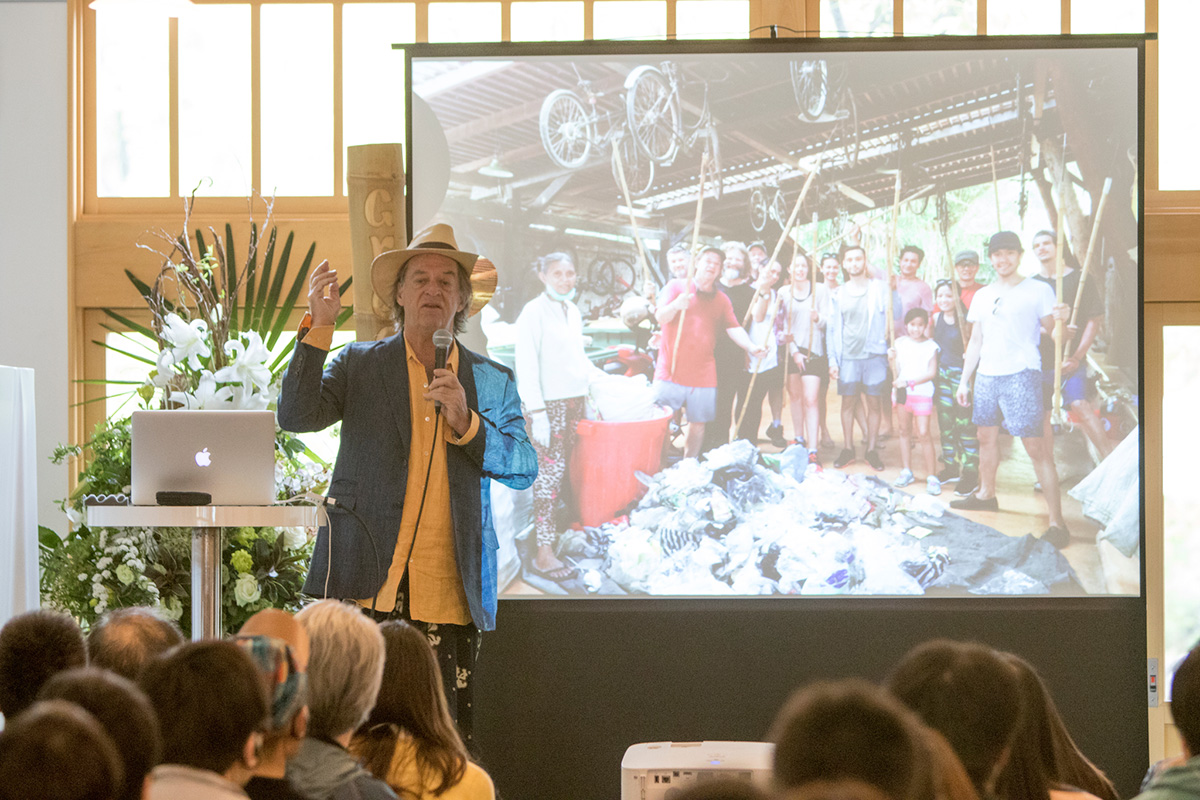
Green School, John Hardy
Regarding environmental issues and education, the waste that is generated by society is only one issue. There are many other issues related to the environment and environmental changes. I believe that the school classroom alone is not enough when it comes to learning about these issues. We also need to provide people with experience outside of the classroom, so that we can further strengthen the education related to those environmental issues.
It is fascinating how your company has reached out to every corner of the world, from Bali to New York as well as your project in Lahti, Finland. You mentioned earlier that you worked with the Ministry of Education. How did you reach out to those organizations? Secondly, what lessons have you learned from these projects, and what are some of the exciting things that you have built upon following this?
To begin with, we directly contacted those organizations and told them that we wanted to learn about the types of environmental education that they had been spreading to their partners around the globe. We contacted them directly and then visited them in person to see what they were doing. They then visited our factories here in Japan to see our operations. This allowed us to mutually exchange information and learn from each other about the things that we did not already know. I believe that as a result of these exchanges and initiatives, environmental education here in Japan has been complemented as well. Through education, we can change the things that we want to change. This was reaffirmed through our collaborations with our international partners and organizations. Leading companies in Japan also began to pay attention to our efforts and the technologies that we have been using. This has allowed us to recognize technological issues and challenges and has led to our collaborations with domestic partners such as NEC, Intel, and Tokyu Construction. We have been able to apply their technologies to our business.
As we did not originally have the power to strongly advertise our efforts and technologies to leading companies, they did not know about what we have been doing or the technologies that we have been applying to our business. However, through our efforts with international partners and organizations, we began to mutually communicate and share the environmental challenges that Japan is facing at this time. In addition to NEC, Intel, and Tokyu Construction being our domestic partners, we recently started communications with a new venture company located in Silicon Valley in the US. That venture has been focusing on robotics technologies. Through this effort, we have been trying to expand and incorporate leading-edge new technologies into our business.
Are you actively looking for new opportunities to collaborate with foreign companies like the Silicon Valley venture company?
Yes, we are looking for new opportunities. For example, we are looking at ways to process and recycle the glass that is used for solar panels, as well as ways to solve issues around concrete pieces. We are also looking at how we can utilize sand as a way to come up with something new. There is also waste that has not been fully recycled, due to there being too many complicated things mixed. For us to be able to recycle that kind of difficult waste, we need to fully understand reverse processes, and we also need to consider the combination and balance of the economy and resource circulation. To do these things, we need global partners. In addition to the US venture company, we have started conversations with a French venture company for future collaboration and technological development as well.
Japanese people are experts at creating something aesthetically beautiful from nature. For that reason, Japan has been drawing attention from people around the world. On the other hand, however, I believe that many Japanese people have a strong resistance to accepting something that has been recycled. For us to solve this issue, I strongly believe that education is required for people to fully understand that recycled products are indistinguishable from products generated from first-hand materials. That is a big challenge right now, and we need to find ways to solve it.
Your business will celebrate its 60th anniversary in 2027. If we were to return on that day in four years, is there a particular goal or ambition that you would like to have achieved by then that you would like to share with us?
I would like to successfully convert the negative perception of such waste generated from our processing factories to a positive perception through our technology. I also strongly believe that we should be well-perceived as a company that values local communities by seeing that our waste processing factory is generating a positive impact instead of a negative impact on society. That is what I would like to achieve.
0 COMMENTS